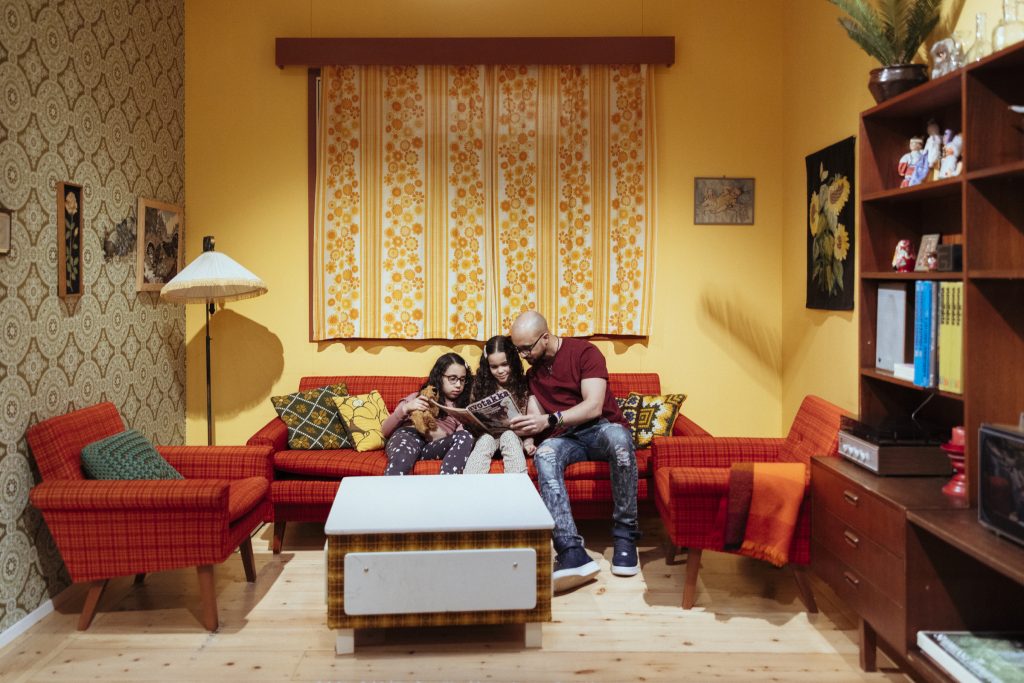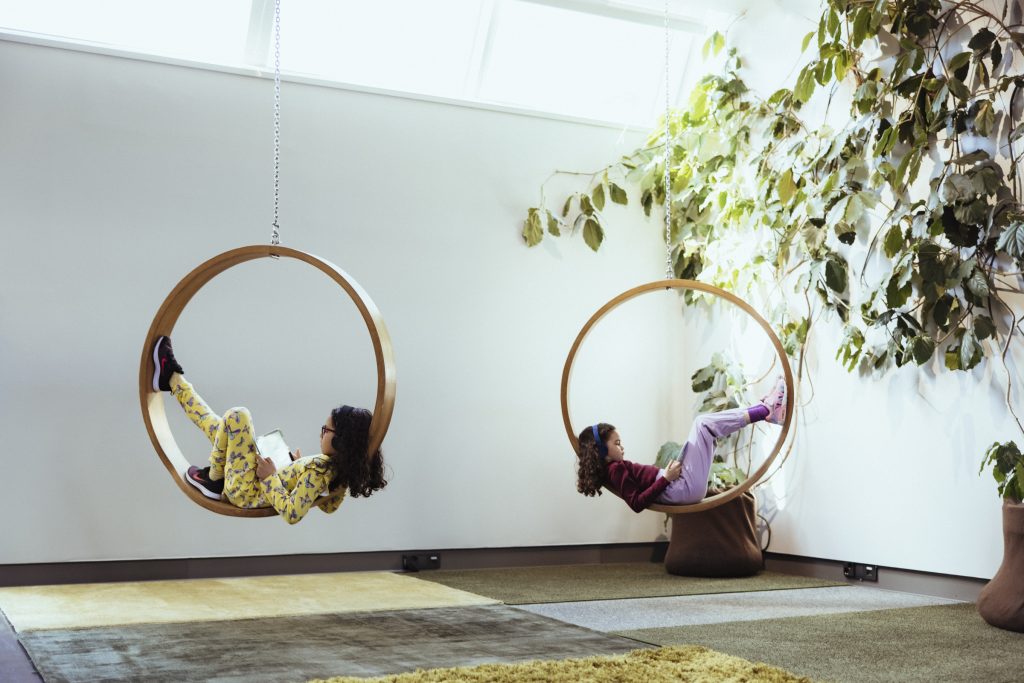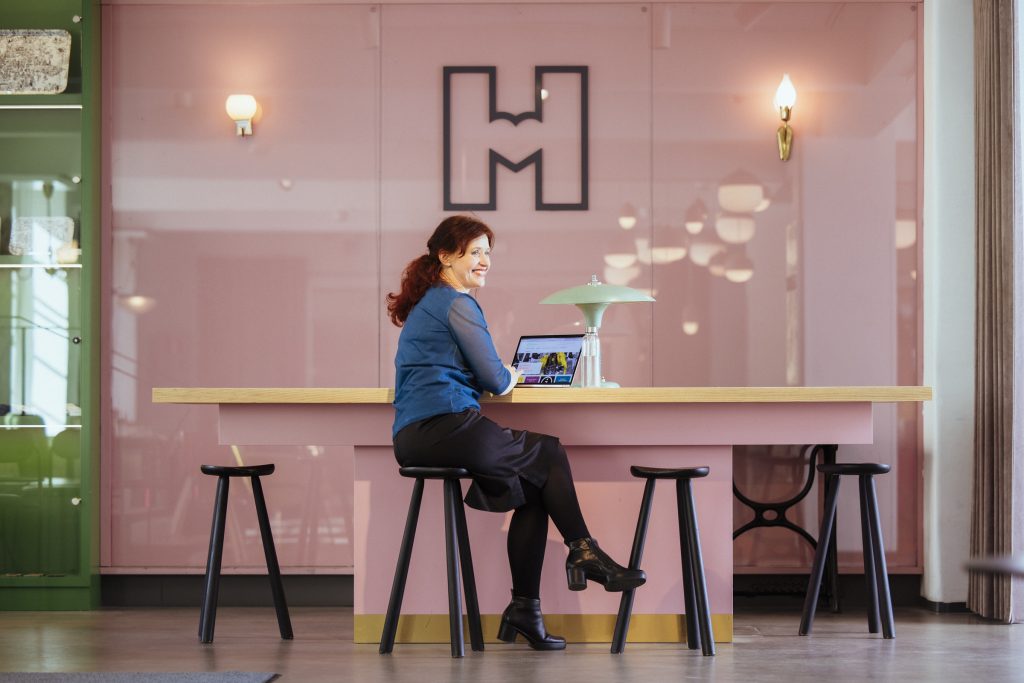In 2016, the Helsinki City Museum opened its new exhibition and customer premises on the corner of Aleksanterinkatu and Katariinankatu. The museum’s new customer-oriented approach focused on the museum-goers.
When the revamped museum was opened in the spring of 2016, it had already been decided that the operating concept and any needs to revise it would be assessed in five years. The assessment and update efforts were initiated in January 2021.
The Helsinki City Museum is one of the most popular museums in Finland
The starting points for the concept revamp were good: the 2016 refresh had been very successful, boosting the City Museum’s significance in the eyes of locals and other museums alike. The museum had won the Museum of the Year award in 2017 and received several international accolades.
Most importantly, however, it had become one of the most visited museums in Finland, ultimately reaching the top spot in 2019. Locals and tourists had found the museum and its services.

The pandemic changed the customers’ relationship with museums
The onset of the coronavirus pandemic in the spring of 2020 changed people’s leisure activities and the position of museums in one fell swoop. Long-term closures, along with constantly shifting safety regulations and recommendations, eroded the traditional relationship with museums and forced them to face an entire new situation.
The extraordinary conditions also impacted the City Museum’s concept-related efforts heavily. The museum had to question and assess the services and functions that had been successful after the 2016 update. During the concept work, the long-term effects of the pandemic were not clearly evident.
The museum concept expanded from visitor services to cover all museum work
The core idea of the concept update was to test all documents drawn up in the context of the 2016 update: the vision, the customer profiles, the museum’s roles and the operating methods The museum’s operating model, challenges and opportunities were mirrored against the significant changes that took place in the operating environment in 2017–2022.
One of the most important things was found to be expanding the updated concept to cover the entirety of the museum’s efforts and services. In 2016, the focus had been heavily on visitor services, whereas the new aim was to involve a wide range of expert efforts, which often take place behind the scenes and are often only visible to customers indirectly.
The main issues identified were:
- What are the place and tasks of the Helsinki City Museum?
- What must be done as we move towards new and better things?
In order to ensure the success of the concept efforts, it was important to involve the entire staff of the museum in the discussion and choices. This is why representatives of all teams were appointed to the working group. The group was tasked with collecting the necessary materials and work on them for the next phase of the process.
All staff members of the museum had the opportunity to take part in the workshops, which involved tackling key questions and topics in small groups. All participants considered the topics from the perspective of their own duties, which shed light on the various aspects and emphases of museum work.

Design methods support the concept update
The second precondition for success was utilising the methods of service design for the concept update. A partner in the efforts was Pentagon Design, which was responsible for managing and organising the work, such as planning and carrying out the workshops. This enabled the museum’s own working group to focus on considering the content of the concept.
Another important role of Pentagon Design was to serve as a sparring partner for the working group.
Thanks to the curiosity and, at times, critical comments of the designers, the working group had to hone and focus its thinking, avoiding the first and easiest solutions that came to mind.
Despite the coronavirus restrictions, there were also face-to-face discussion with museum customers and representatives of other key interest groups. The oracle discussions thought up with Pentagon Design helped the City Museum better understand outward perceptions of its operations. Expertise, which the new concept elevated as one of the three core focuses, had been taken for granted by the museum – the expert organisation – to the degree that no one thought to emphasise it in concept work of 2016. The signs of changes in the operating environment include highlighting digitalisation and sustainable development as some of the most important operating methods.
Digital services a focus in customer profile updates
Updating customer profiles was a challenge since the museum was fully closed or under strict visitor restrictions a lot of the time due to the pandemic. Despite this, customer research was successfully conducted in the most important customer groups and potential target groups.
Refining customer data was an important element in the concept update.
Even though the museum was still satisfied with the customer profiles based on the 2016 concept, there was a need to determine whether or not the expectations and wishes of the museum’s most important customer groups had changed.
Services cannot be developed without up-to-date customer data. The museum’s staff interviewed museum-goers at Villa Hakasalmi. In addition to this, information on potential customers was collected through interviews in the context of the Superwood Festival.
One of the goals was to acquire information on young people between 20 and 25 years of age as museum users. The relevant information was collected from corresponding surveys regarding other services.
Studying the customer base of digital services became one of the focuses. There is significantly more information about customers who visit the museum in person than those who use the digital services. For example, do the people who use the digital services have the same expectations and motives as the physical visitors? This question was posed to users of the popular online database services (helsinkikuvia.fi and Finna).

The City Museum serves as the memory of all local residents
The concept update provided the City Museum with a new vision, concept focuses and operating methods. The customer profiles were also updated.
The City Museum Vision 2027 expands the museum’s presence in the lives of all city residents and brings the many faces and stories of Helsinki to the fore.
The museum is also expanding its reach outside its walls, approaching locals in various areas of Helsinki and through digital channels. The museum serves as an expert of Helsinki’s history and evolution. The aim is to shed light on the city and its development beyond current ways of thinking and values.
The core methods are digitalisation, engagement, experiences and sustainability.
The mission is to give people roots and help them build their own kind of relationship with Helsinki and being a local resident, and to increase empathy and multiple voices by making different perspectives visible and by creating a positive experience of self as part of history and a place.
The vision defined with the entire staff of the museum takes a stand on how the museum reacts to changes in the operating environment and innovates boldly. This gives the museum the opportunity to remain interesting in the eyes of Helsinki residents.
The concept work that was completed in May 2022 was received well. That said, the success of the concept update will be determined by the customers. Have the changes in the operating environment that will gain ground in the next five years been identified? Will the new concept help the museum to prioritise the things that are most important in terms of customer expectations?
As such, the success of the concept will be monitored through indicators developed for the three focal points of the concept and the four methods.
Text: Jari Harju
Head of Visitor Services
Helsinki City Museum
Photos: Jussi Hellsten

